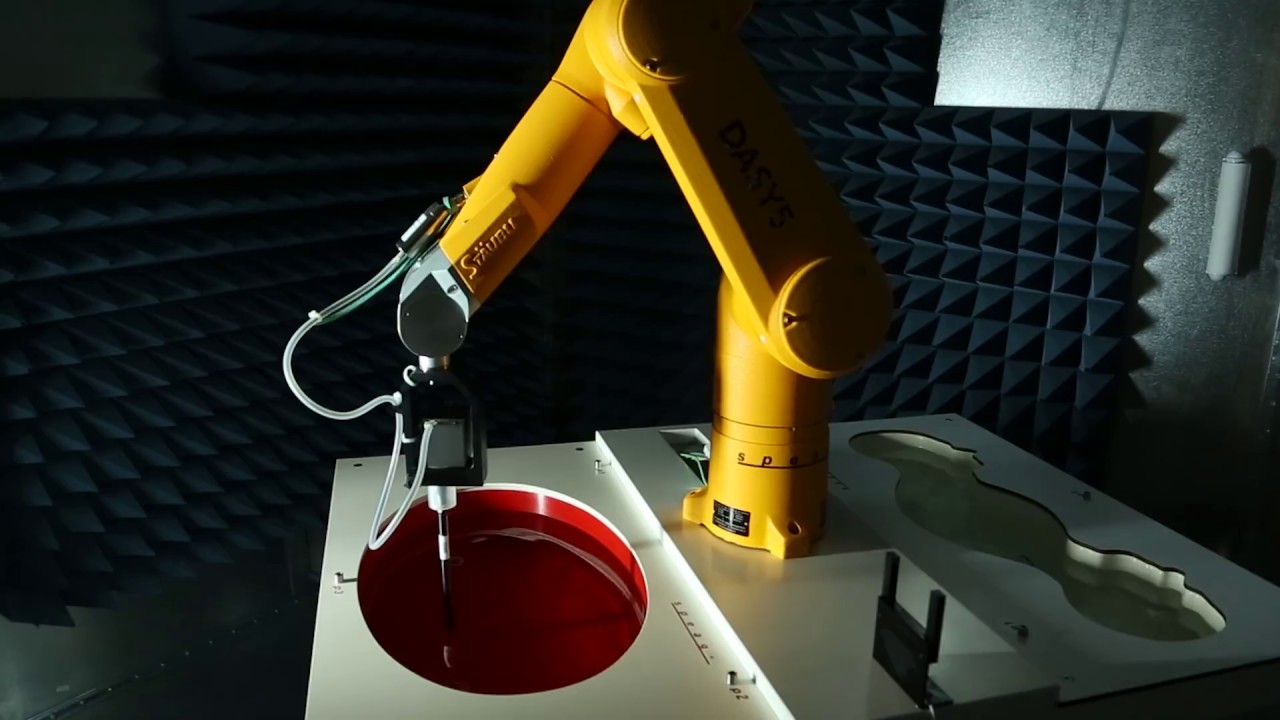
WHAT IS SAR TESTING?
SAR stands for Specific Absorption Rate. It is a measure of the rate at which energy is absorbed by a mobile device user’s head, body or limbs when they are exposed to a radio frequency (RF) electromagnetic field. SAR testing provides manufacturers with an accurate measure of radio frequency exposure which they can include in product packaging and to demonstrate their compliance with SAR legislation
WHY IS SAR TESTING IMPORTANT?
In some countries, the SAR test result figure must be displayed at the point of sale. To have a presence in the global markets, manufacturers, importers and retailers must be able to demonstrate that their products meet the increasingly stringent SAR requirements imposed by local regulations.
Parameters that can affect SAR include
- Types of radio service (cellular, PCS, LMR, WLAN, etc.)
- Types of modulations (CDMA, GMSK, TDMA, AMPS, etc.)
- Physical orientation to person (held-to-ear, held-to-face, belt-clip, lap-held, etc.)
- RF power level (in Watts or mW)
- Changes to transmitter, antenna (extracted/retracted) or accessories (clips, batteries, etc.)
SAR Testing Standards we test to
- IEEE STD 1528 IEEE
- FCC OET 65
- IC RSS-102
- EN 50361
- ARIB STD-56
- EN 50360
- EN 50364
- EN 62311
- IEC 62209-1
- EN 62209-2
- ACMA
- EN 50371
- EN 50385